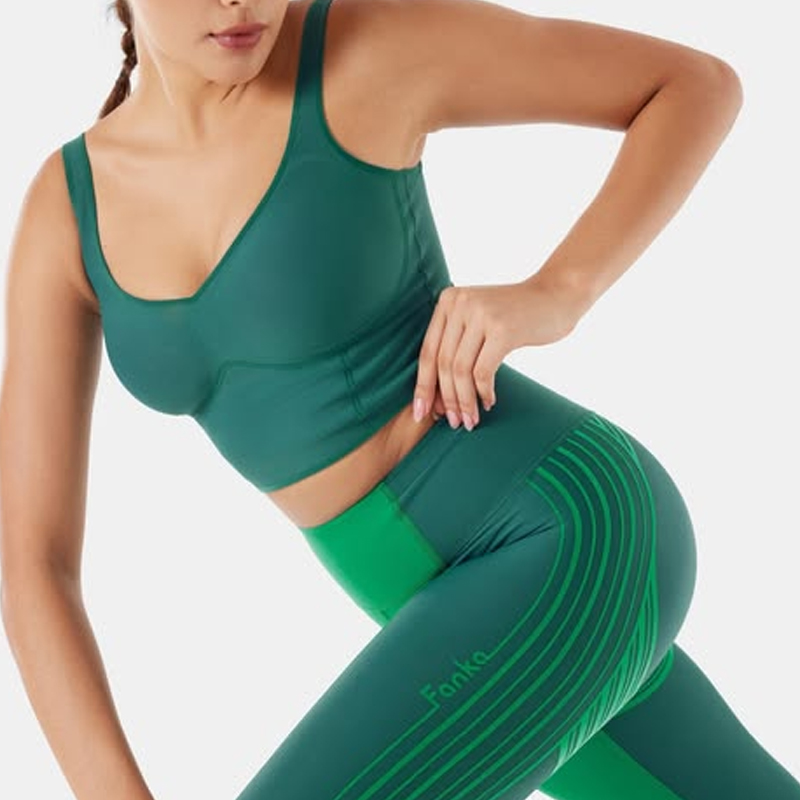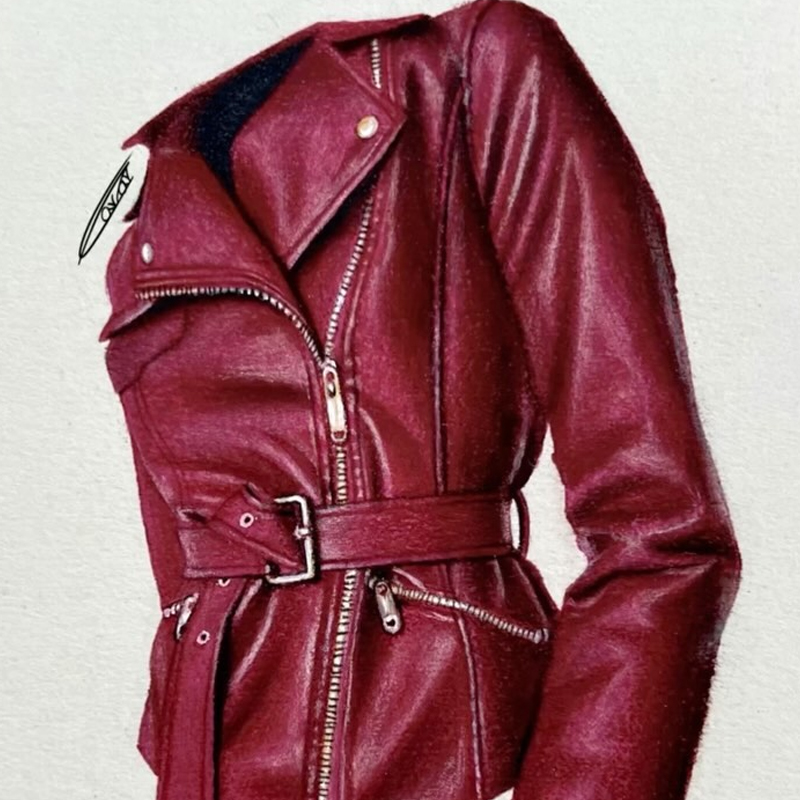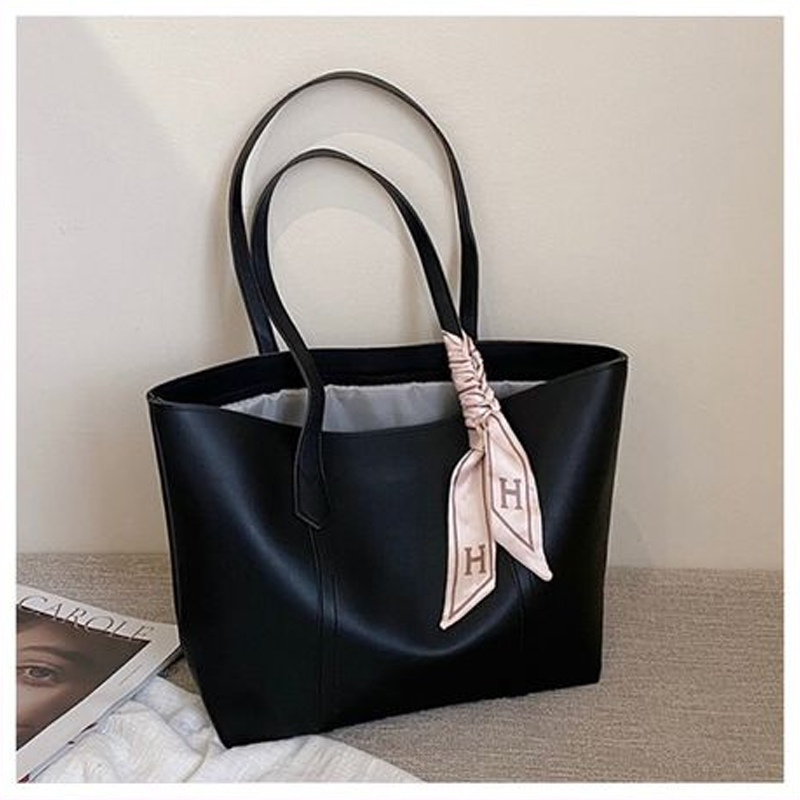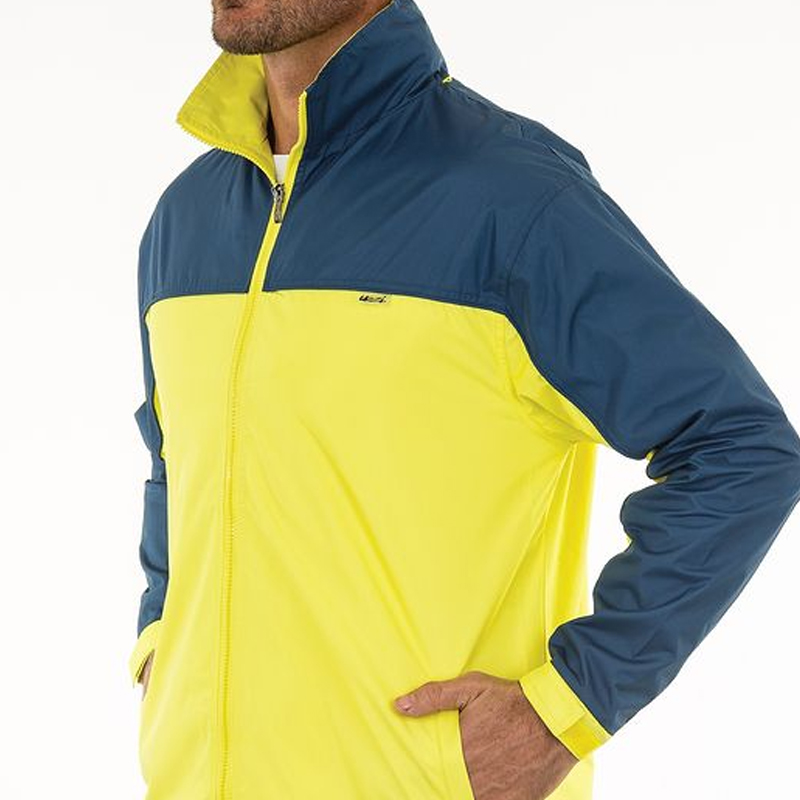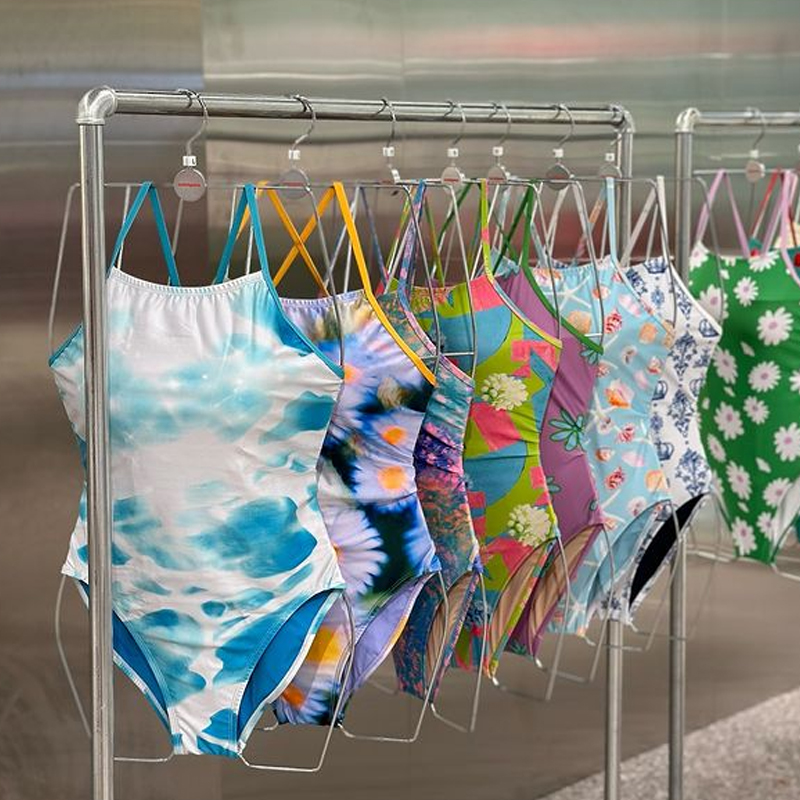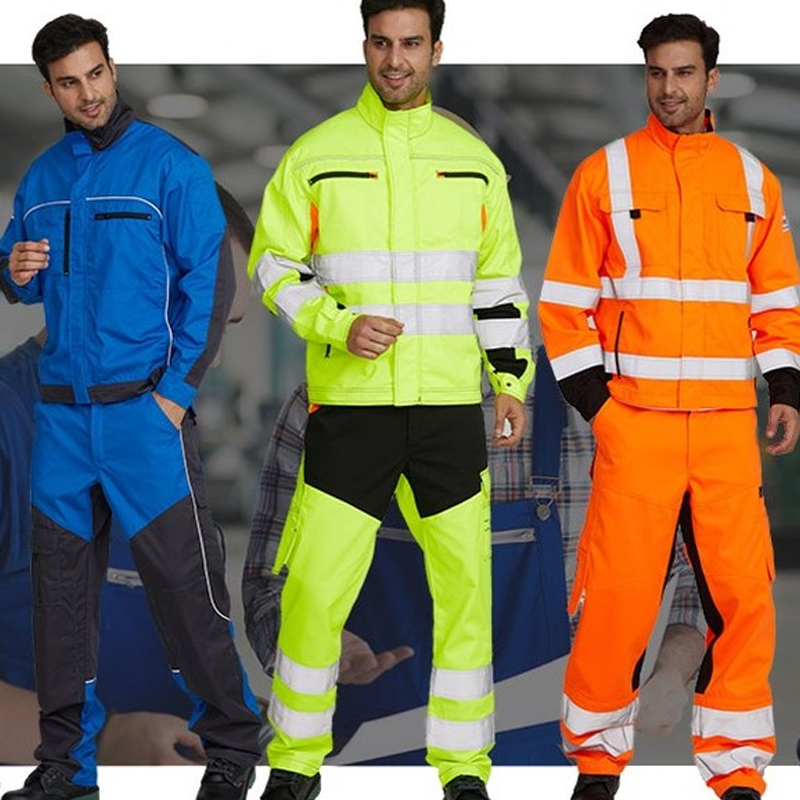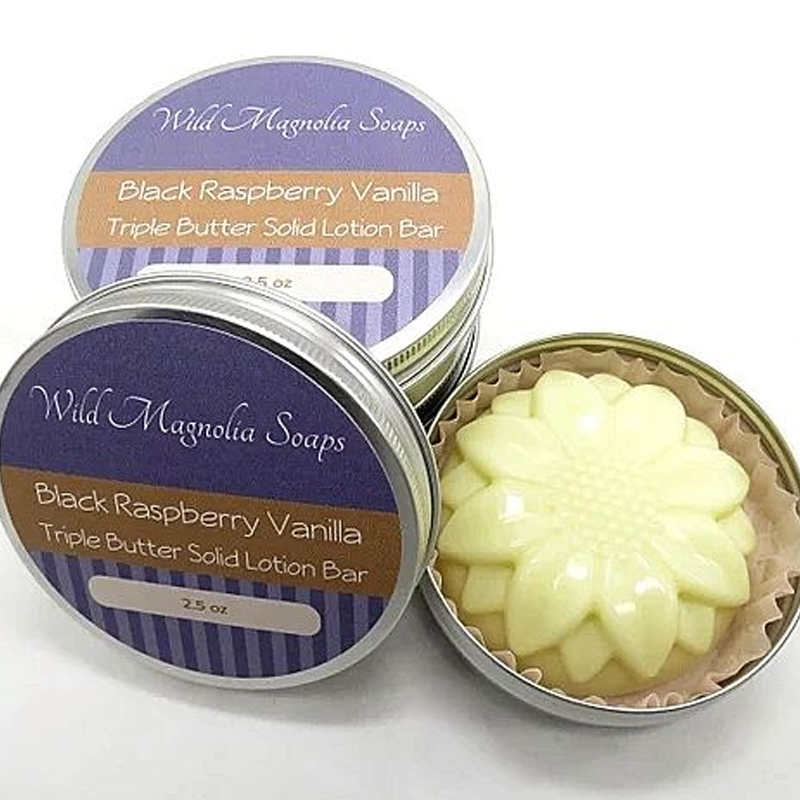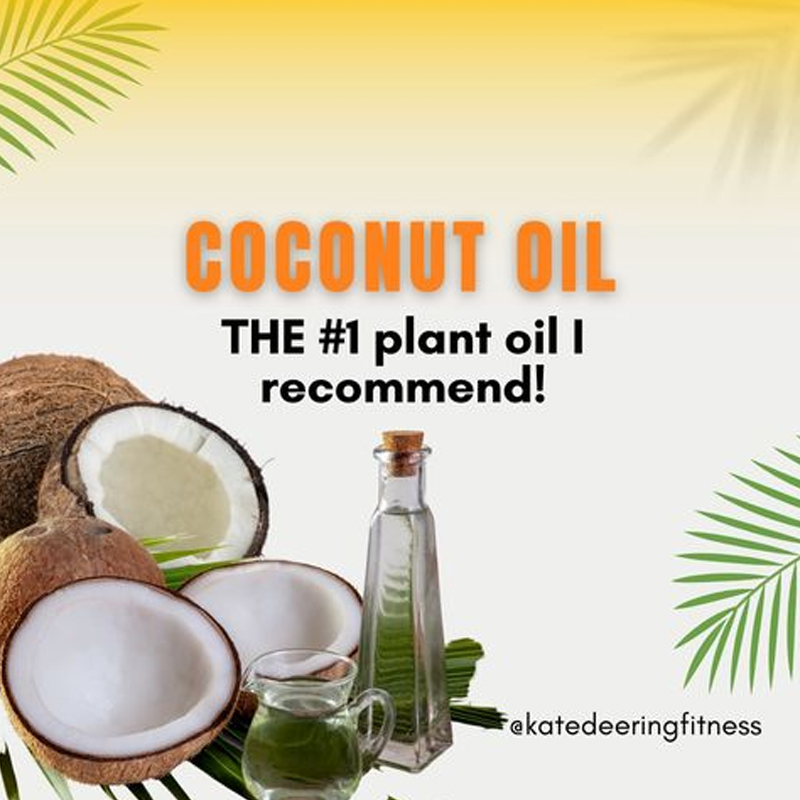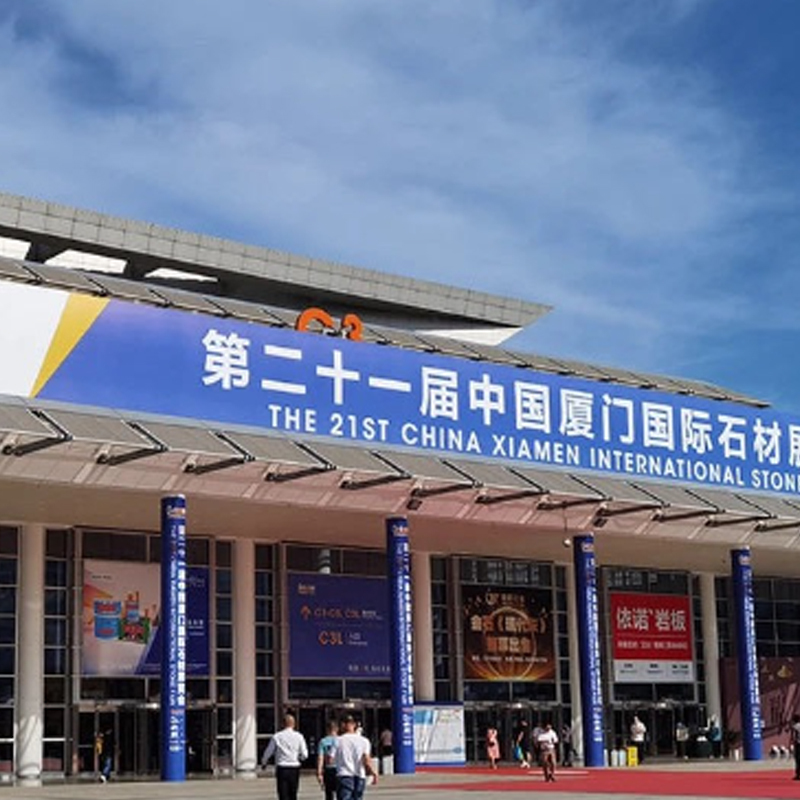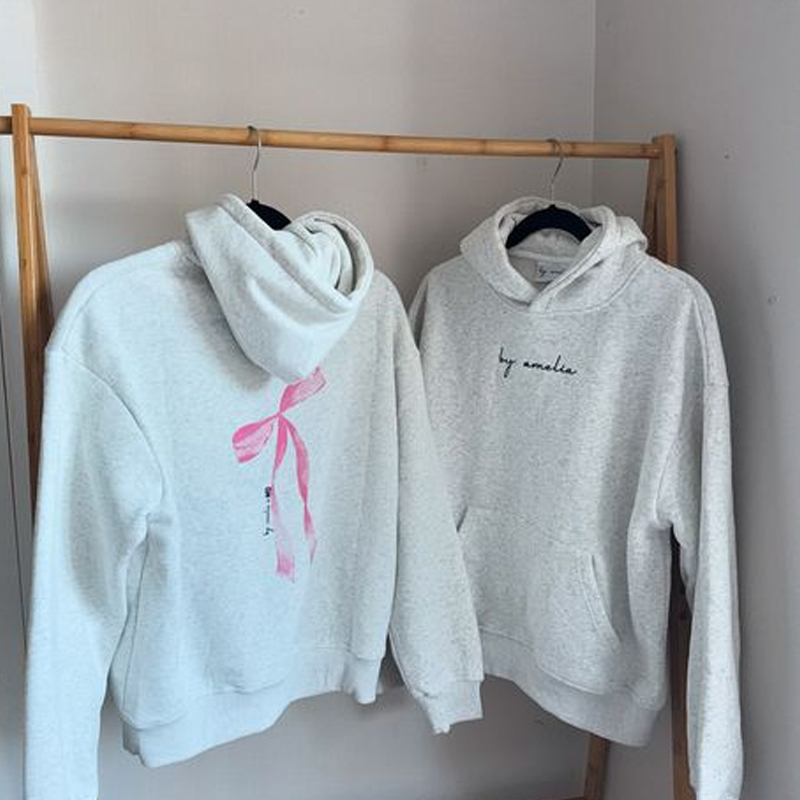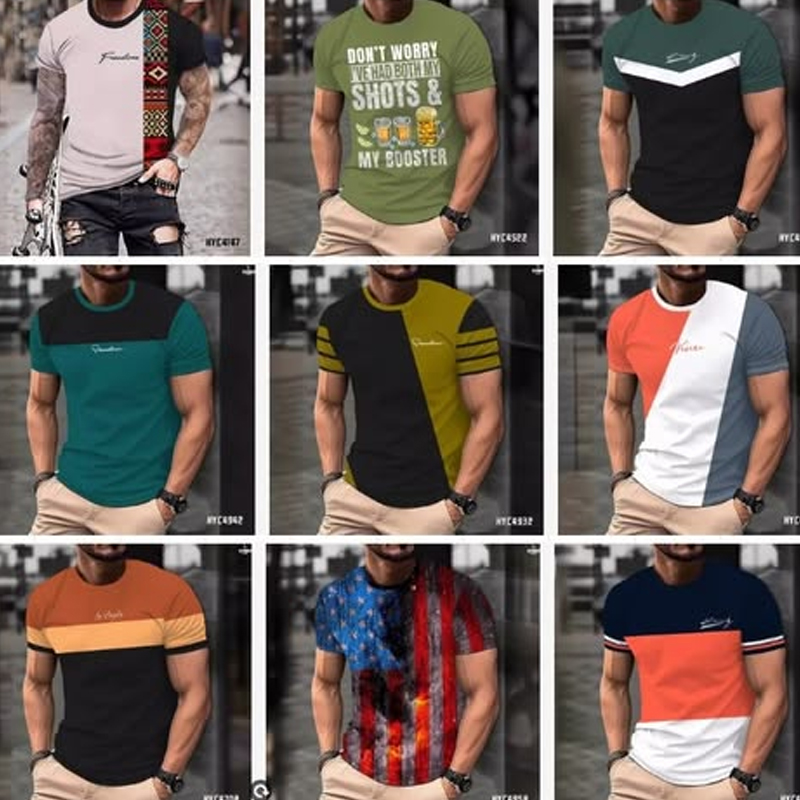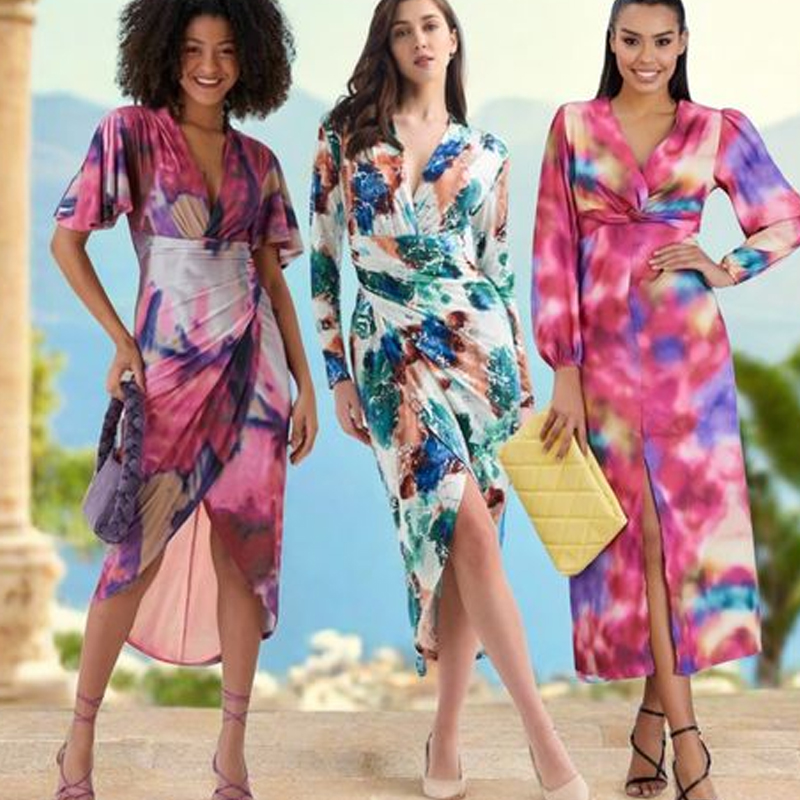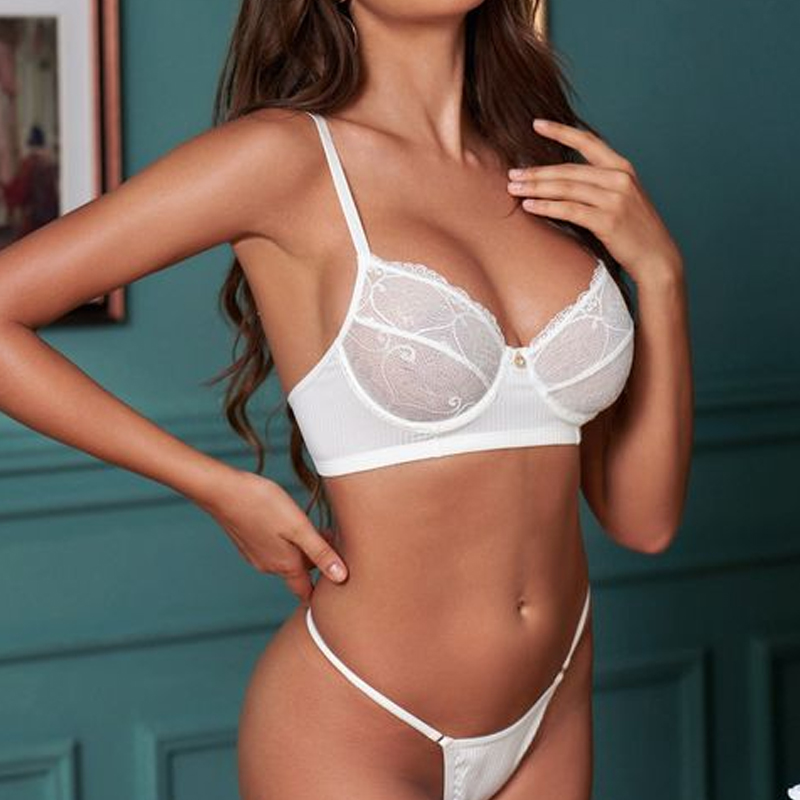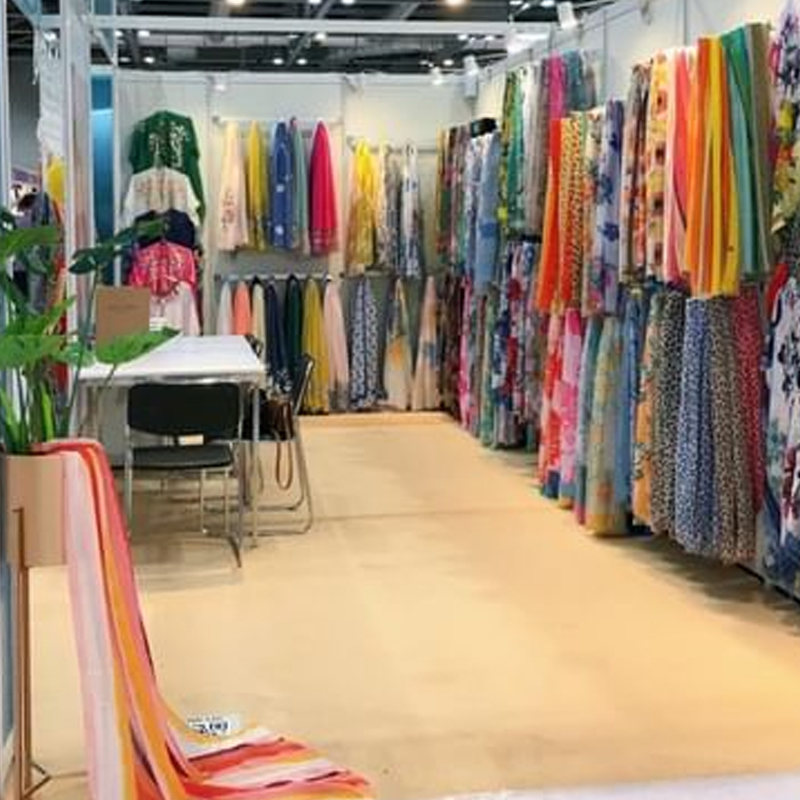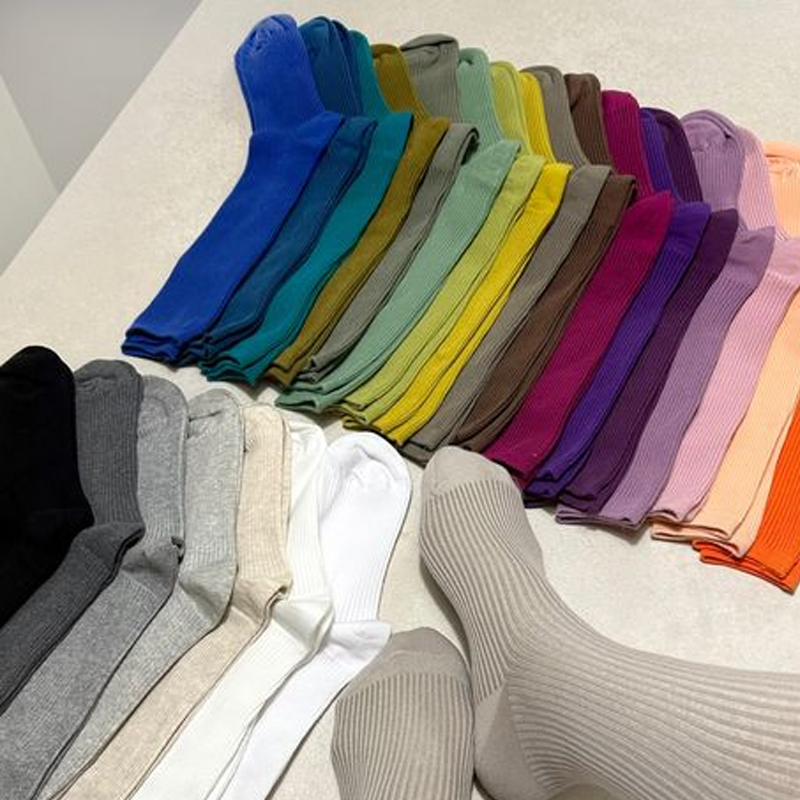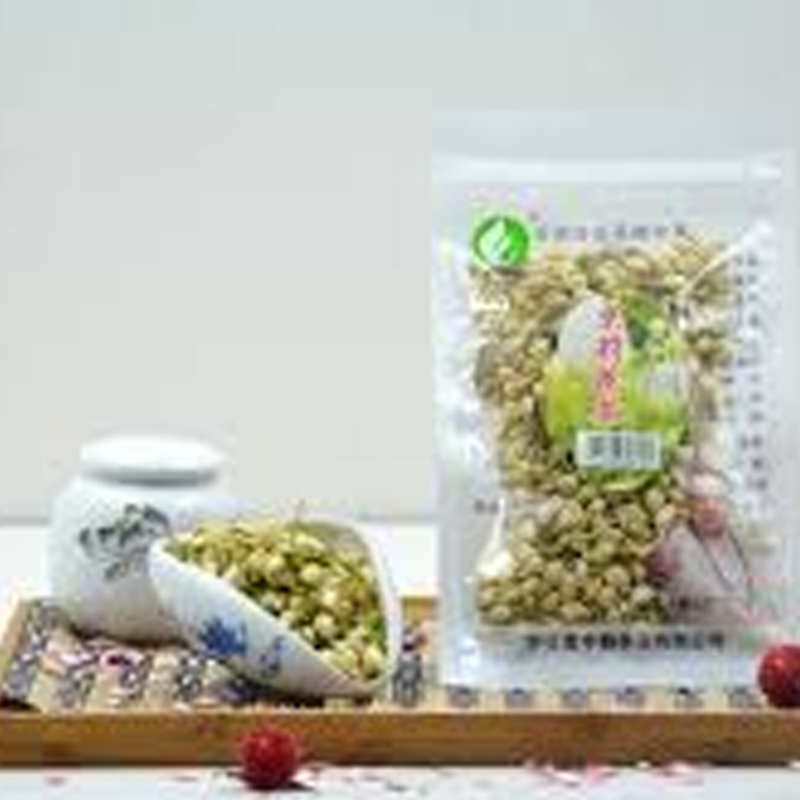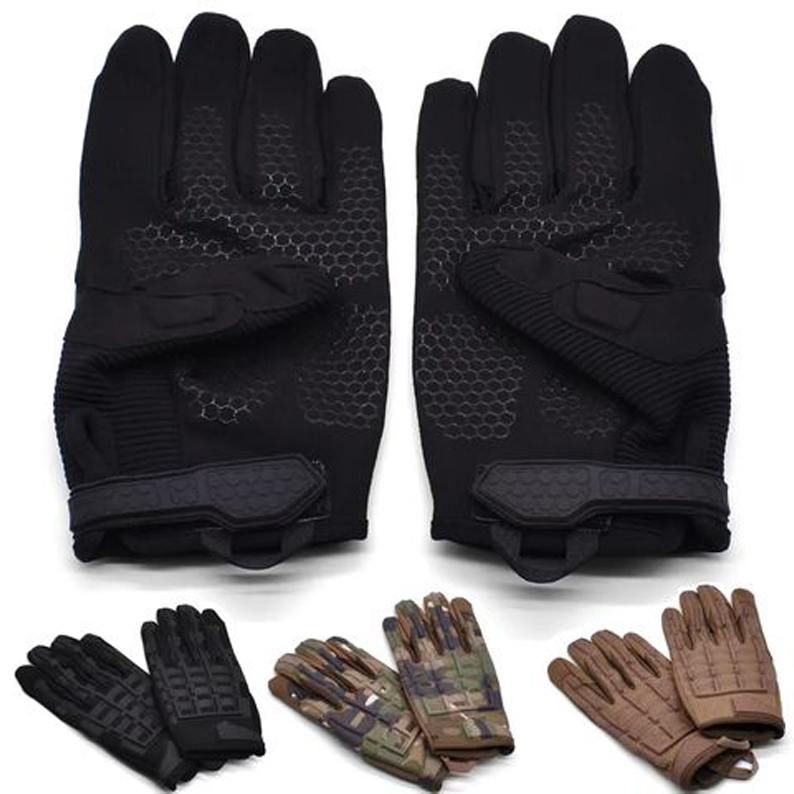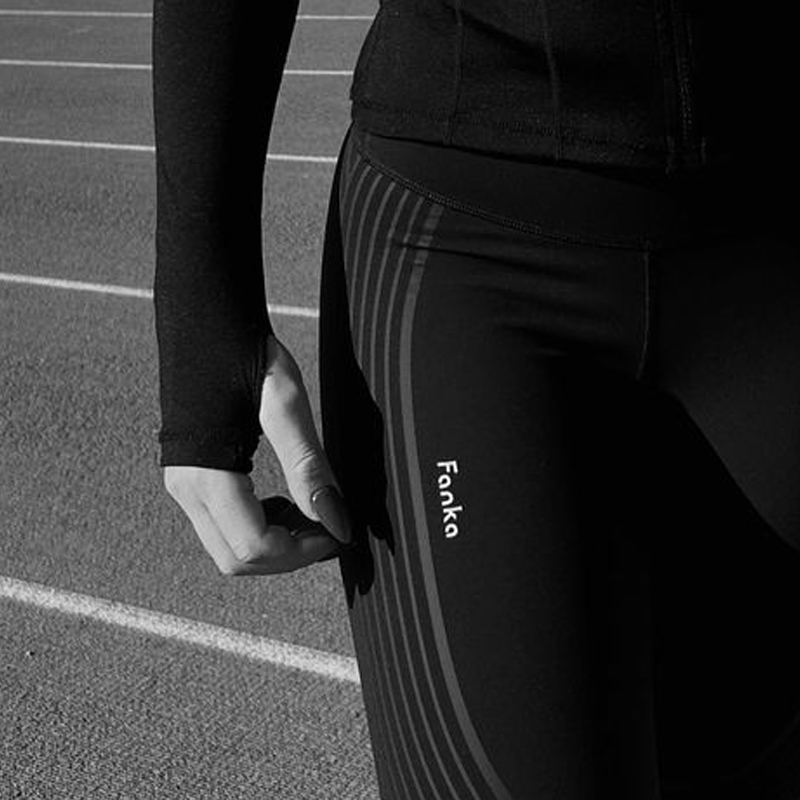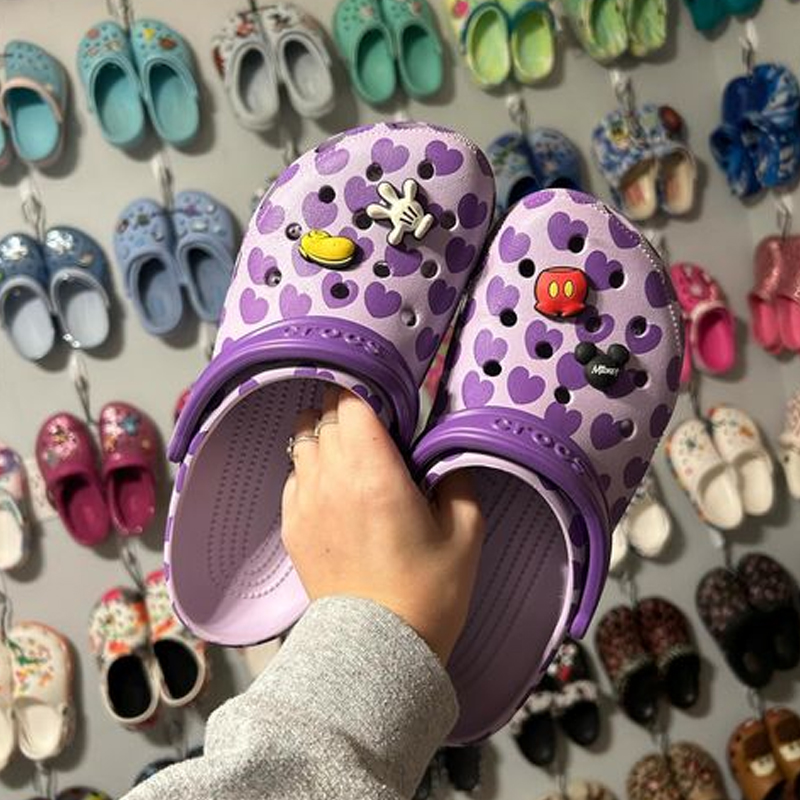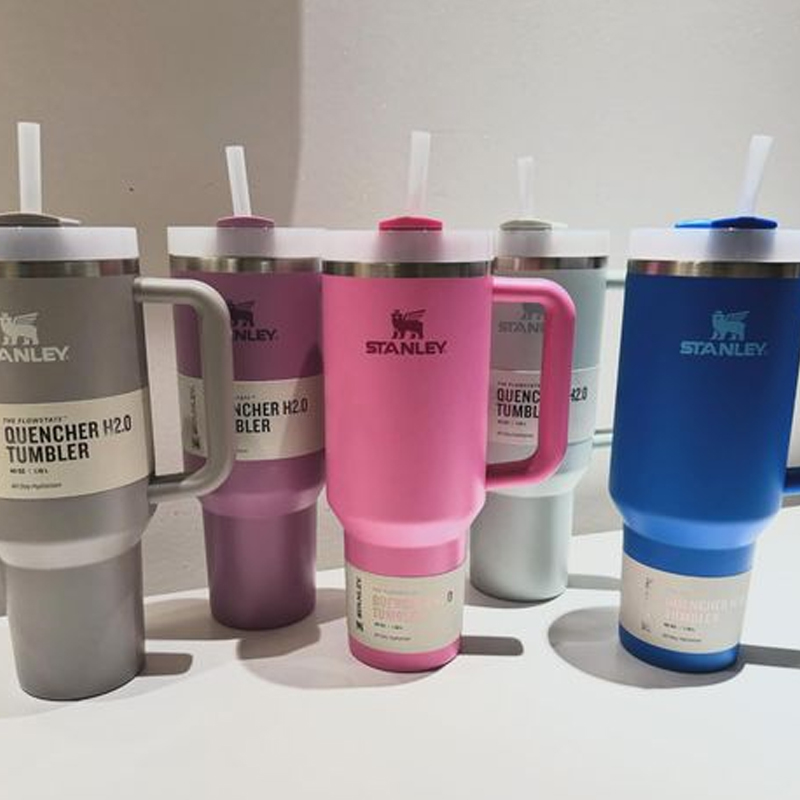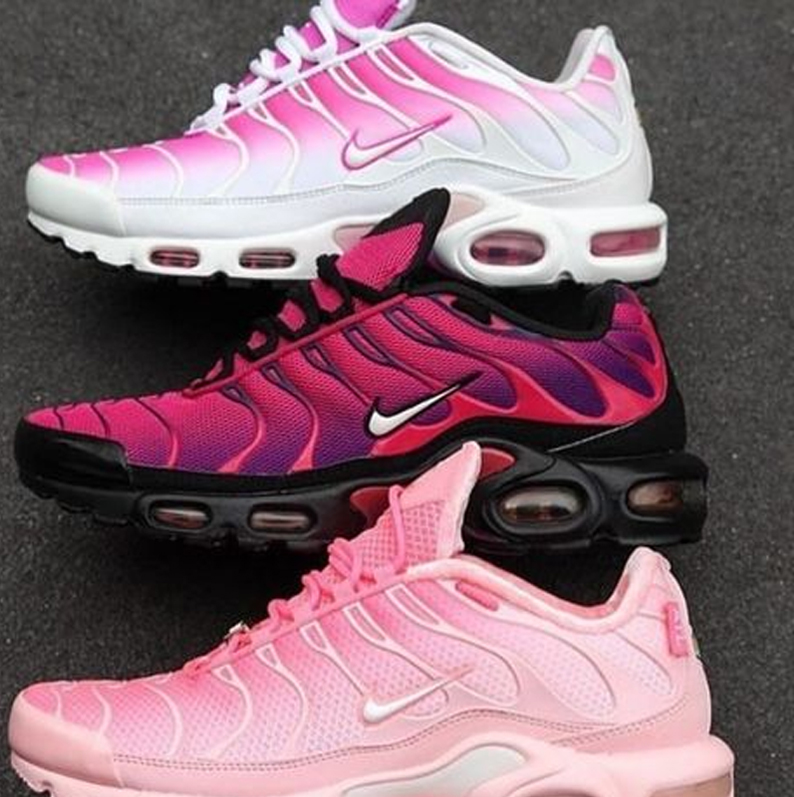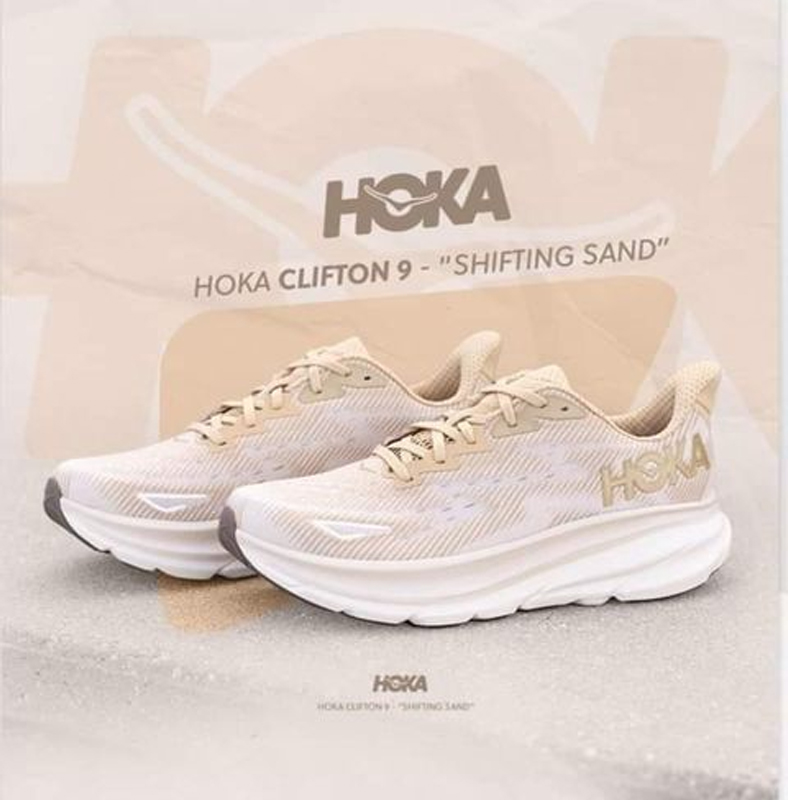Are you ready to dive into the lucrative world of wholesale t-shirts? This guide is your ticket to understanding the ins and outs of bulk buying from China in 2024. From finding the best wholesale t-shirt suppliers to mastering quality control, we’ve got you covered. Let’s turn those bulk tees into big profits!
Key Takeaways: Your Path to T-Shirt Wholesale Success
Entering the world of wholesale t-shirts can be incredibly rewarding when done right. Remember these key points:
- Choose reliable wholesale t-shirt suppliers that align with your business needs
- Prioritize quality control to build a reputable brand
- Explore various t-shirt printing options to diversify your offerings
- Stock a mix of t-shirt fabric types to cater to different customer preferences
- Implement smart pricing strategies to maximize profits
- Stay on top of shipping and logistics to ensure customer satisfaction
- Keep an eye on fashion trends while maintaining a balanced inventory
With these insights, you’re well-equipped to navigate the exciting world of bulk buying t-shirts from China. Remember, success in this industry comes from a combination of quality products, efficient operations, and a keen understanding of your market. Happy selling!
Why Should You Consider Bulk Buying T-Shirts from China?
China has long been the go-to destination for wholesale t-shirts, and for good reason. With competitive pricing, vast manufacturing capabilities, and a wide range of options, Chinese suppliers offer unbeatable value. But it’s not just about cost – it’s about opportunity. By tapping into this market, you can access high-quality blank t-shirts, explore custom bulk t-shirts, and leverage various t-shirt printing options to create unique products for your customers.
Moreover, China’s advanced logistics networks make shipping and handling bulk orders more efficient than ever. Whether you’re looking to start a brand, expand your inventory, or dive into dropshipping t-shirts, sourcing from China can give you the edge you need in today’s competitive market.
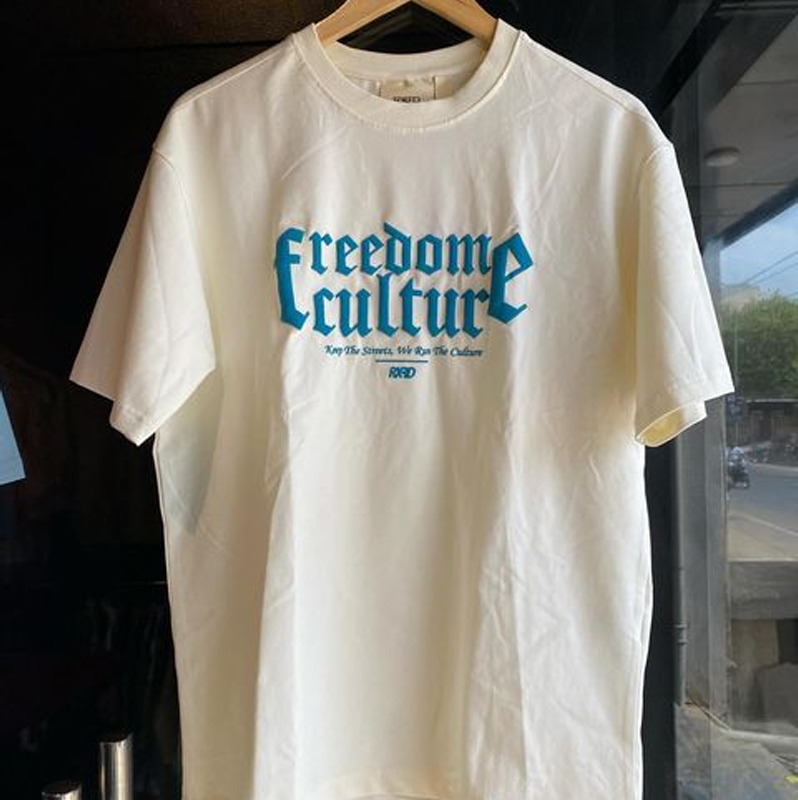
What Are the Top Considerations When Choosing Wholesale T-Shirt Suppliers?
Selecting the right wholesale t-shirt supplier is crucial for your business success. Look for suppliers with a proven track record of quality, reliability, and customer service. Consider factors such as:
- Minimum order quantity (MOQ) – Does it align with your inventory needs?
- T-shirt fabric types – Do they offer the quality and variety you’re looking for?
- Customization options – Can they handle your brand customization requirements?
- Pricing strategies – Are their bulk order discounts competitive?
Don’t shy away from asking for samples to assess the t-shirt sizing and fit. Remember, a good supplier relationship can be the foundation of your business growth.
How Can You Ensure Quality Control When Buying in Bulk?
Quality control is paramount when dealing with bulk purchases. Here are some tips to maintain high standards:
- Request detailed product specifications and adhere to them strictly.
- Conduct regular supplier audits or hire a third-party inspection service.
- Implement a systematic sampling process for each shipment.
- Establish clear communication channels with your supplier for quick issue resolution.
Remember, consistency in quality is key to building customer trust and loyalty. Don’t compromise on this aspect, as it can make or break your brand reputation.
What T-Shirt Printing Options Should You Consider?
The right printing method can elevate your t-shirt designs from good to great. Here are the most popular options:
| Printing Method | Best For | Durability |
|---|---|---|
| Screen Printing | Large quantities, simple designs | High |
| Heat Transfer | Small batches, complex designs | Medium |
| Embroidery | High-end products, logos | Very High |
Each method has its pros and cons. Screen printing is cost-effective for large orders, while heat transfer offers more flexibility for smaller runs. Embroidery adds a premium touch but may not be suitable for all designs.
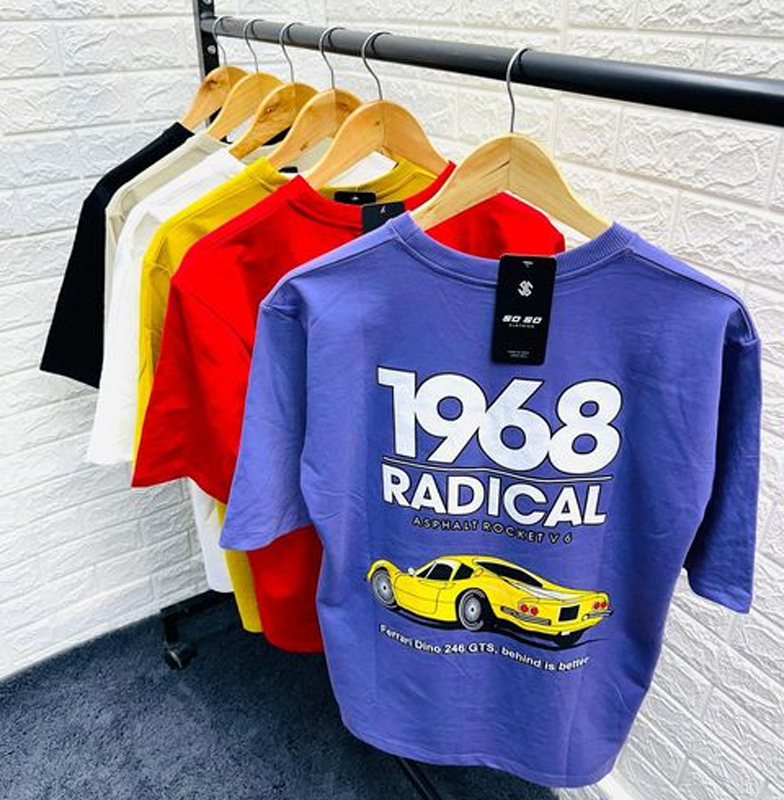
Which T-Shirt Fabric Types Should You Stock?
The fabric you choose can make a big difference in customer satisfaction. Here are some popular options:
- 100% Cotton: Classic, breathable, and perfect for everyday wear.
- Organic Cotton Tees: Eco-friendly option, growing in popularity.
- Polyester Blend Shirts: Durable and wrinkle-resistant.
- Moisture-Wicking Fabrics: Ideal for athletic or performance wear.
Consider stocking a mix of these fabrics to cater to different customer preferences and use cases. Don’t forget to explore eco-friendly options as sustainability becomes increasingly important to consumers.
How Can You Optimize Your Pricing Strategies?
Pricing can make or break your t-shirt business. Here are some strategies to consider:
- Implement tiered bulk order discounts to encourage larger purchases.
- Use dynamic pricing based on seasonal trends and demand.
- Offer bundle deals for complementary products.
- Consider loss leaders for promotional t-shirts to attract new customers.
Remember, your pricing should reflect the value you provide while remaining competitive in the market. Regularly review and adjust your prices based on market conditions and your business goals.

What Are the Key Challenges in Shipping and Logistics?
Efficient shipping and logistics are crucial for maintaining customer satisfaction and controlling costs. Here are some challenges to be aware of:
- Long lead times from China to destination markets
- Customs clearance and potential delays
- Inventory management across multiple SKUs
- Balancing cost and speed in shipping options
To overcome these challenges, consider partnering with experienced freight forwarders, implementing robust inventory management systems, and offering multiple shipping options to your customers. Clear communication about shipping times and potential delays can also help manage customer expectations.
How Can You Stay Ahead of Fashion Wholesale Trends?
Staying on top of trends is crucial in the fast-paced world of fashion wholesale. Here’s how you can keep your finger on the pulse:
- Regularly attend trade shows and industry events
- Follow fashion influencers and trend forecasting services
- Analyze sales data to identify emerging patterns
- Engage with your customers to understand their preferences
Remember, being ahead of trends can give you a significant competitive advantage. However, balance trendy items with classic styles to maintain a stable inventory.
What Are the Best Practices for Inventory Management?
Effective inventory management is crucial for maximizing profits and minimizing waste. Consider these best practices:
- Use inventory management software to track stock levels in real-time
- Implement a just-in-time (JIT) inventory system to reduce storage costs
- Regularly analyze sales data to forecast demand accurately
- Consider dropshipping t-shirts for certain products to minimize risk
Remember, the goal is to have enough stock to meet demand without tying up too much capital in inventory. It’s a delicate balance, but with the right tools and strategies, you can optimize your inventory management for maximum profitability.

